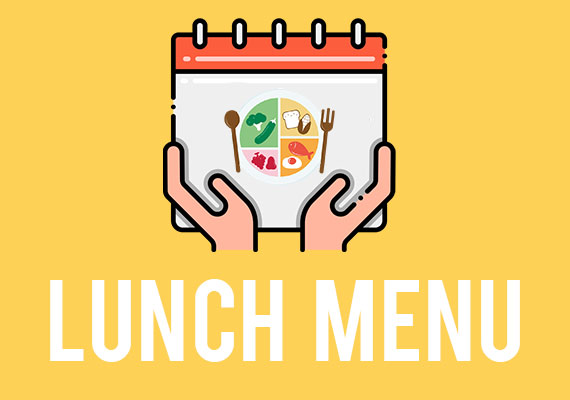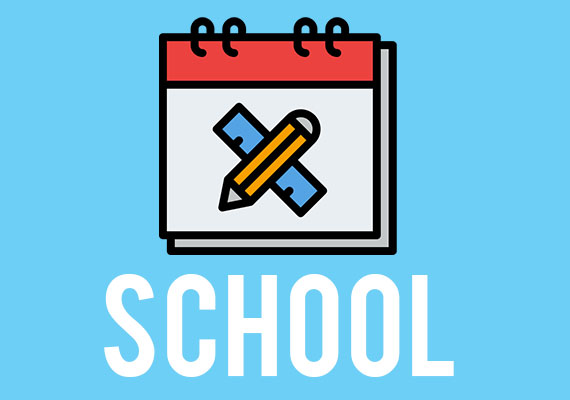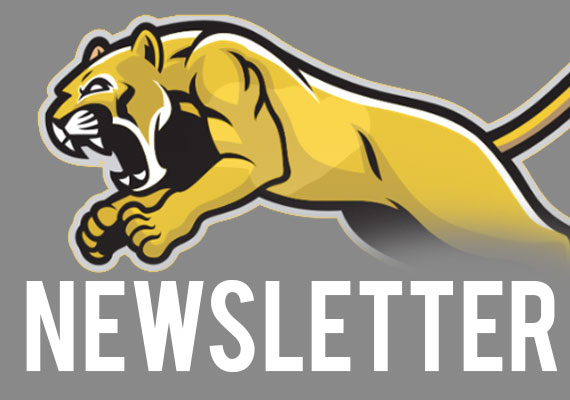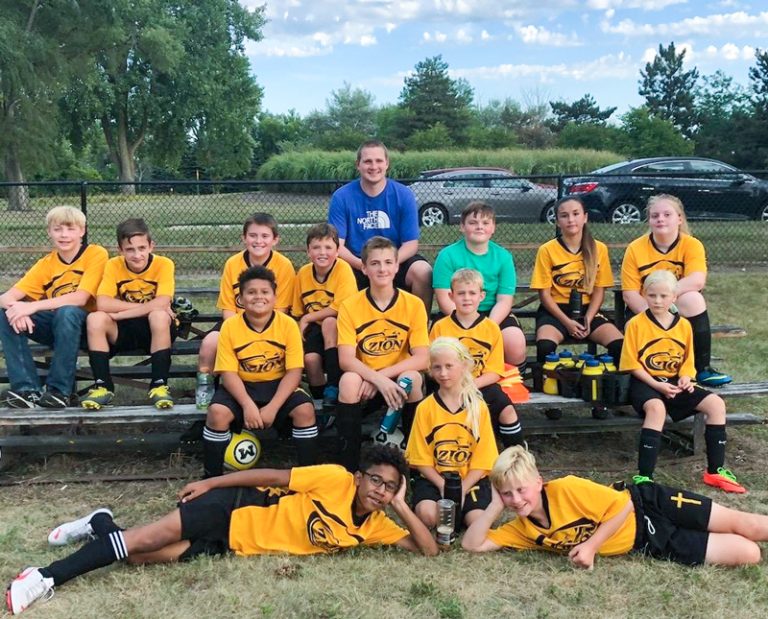In first grade, the students begin to put all the pieces of preschool and Kindergarten together to become READERS! The classroom focus is on reading skills and reading comprehension. A door to many new, exciting worlds open when first graders begin to read. An additional milestone for first grade is writing. First grade begins to express their own thoughts and ideas in sentence form from their own hand.





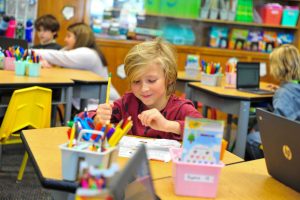
Religion
Students read stories from the Bible that relate them to their everyday lives and are worded in a way that is easy to understand. Christ like behaviors are expected and taught throughout the day, in all things we do. Chapel services at the church are held bi-weekly.
Memory Work
Students are assigned verses from the bible as well as the Lord’s Prayer, the Ten Commandments, and Luther’s Morning and Evening Prayers. Memory is recited twice a week on Tuesday and Thursday.
Reading
Our classroom has the Daily 5 structure during language arts time. While the teacher works with a small group the rest of the students are working independently on several tasks. Houghton Mifflin Harcourt is a weekly reading program which exposes students to several genres, and builds decoding and comprehension skills. We also use the Accelerated Reading Program schoolwide to encourage students to read books at their own reading level. Students will take comprehension quizzes and gradually increase their reading level as the year progresses. Their reading homework consists of reaching their tailored goal each quarter. We also use getepic, a website dedicated to reading books aloud and letting students explore different genres of books. Students may access this website at home and during our Daily 5 language arts time.
Writing
We focus on teaching the fundamentals of writing: complete sentences, spaces between words, capitalization and punctuation. Students also explore writing paragraphs, editing their writing, and staying on topic. Some topics may include: Native American informational writing, pumpkin opinion writing, and holiday narrative writing.
Grammar
Students learn basic grammar skills like recognizing complete sentences, statements, or questions. They dig deeper into nouns, plural nouns, adjectives, and verbs.
Spelling
Students begin the school year with 6 words and increase by two every quarter. Students may practice their spelling words during our Daily 5 language arts time. They are also encouraged to practice at home. Spelling pretests are every Wednesday and tests are every Friday. If a student scores 100% on the pretest they do not need to take in on Friday.
Handwriting
Learn and master the formation of letters and work on neat handwriting.
Math
Students learn addition strategies, subtraction strategies, geometry, money, and time. We also use IXL (math website) as a supplemental program at home and at school.
Science
The four main units in first grade include: Earth Science, Physical Science, Life Science, and Space and Technology. Students have a multitude of resources to help them learn about science: reading books, field trips, virtual field trips, experiments, creating science notebooks, and working together in group projects.
Social Studies
In social studies, students focus on culture, geography, history, economics, and citizenship. Within those units students learn about their family and neighborhoods, all about the Earth, life long ago, all about working, and an introduction into our government. Students experience social studies through virtual field trips, notebooks, reading books, field trips, and videos.
Technology
Our students have access to computers, iPads, Chrome Books, and Smartboards on a daily basis. They have technology class two times per week.
- Recess
- Physical Fitness
- Music
- Spanish
- Library
- Art
- Chapel
Choir and Pee-wee Basketball is available to those who want to join. We take field trips to Leaman’s Green Apple Barn, Johnson’s Pumpkin Patch, Baby Acres, and Bay City State Park.
- 12 – #12 Pencils – Sharpened
- 1 – Large (basic) Pink Eraser
- 4 – Glue Sticks
- 1 – 8 oz Bottle of Elmer’s Glue
- 1 – Box (24 ct.) Crayons
- 1 – Ream of Copier Paper
- 1 – Pocket Folder
- 2 – Spiral Notebook Paper
- 1 – Pair of Student Scissors (Pointed)
- 1 – Box Washable markers / 10 count Classic Colors
- 1 – Box Colored Pencils / 12 count
- 1 – 35 ct. Disinfecting Wipes
- 1 – Plastic Shoebox w/ Lid
- 1 – School Bag / Backpack to fit in locker.
Note: Wheeled book bags do not fit in lockers. - Headphones or earbuds to be left at school
- Gym shoes to be left at school
- Sweater or Sweatshirt to leave at school
No School Box is needed
Put Names on ALL Student Items
- Child’s Original Birth Certificate (we will make a copy for our records)
- Kindergarten Vision & Hearing Screening
The Public Health Code and State Law in Michigan requires children to have their vision and hearing tested for the first time before entering into Kindergarten. Bay County Health Department will be testing children for any vision and hearing defects. This screening will be provided free of charge. Call the school office for the current screening date and time.

Kelsey Splattstoesser
2nd Grade Teacher
My second and third grade students call me Mrs. S, one thing I like about teaching here at Zion is the
sense of community.
I attended Saginaw Valley State University and Concordia Nebraska. I graduated with a bachelor’s
degree in education with a specialty in Early Childhood Math. I am also Orton-Gillingham Certified,
which equips me with the skills to address the needs of struggling readers of all ages, including those
with dyslexia and more complex learning profiles.
My favorite things to do in my free time is playing volleyball, shopping and I love coffee.
My family consists of Logan, Peyton and our dog Archer.
For I am convinced that neither death nor life, neither angels nor demons, neither the present nor the future, nor any powers, neither height nor depth, nor be able to separate us from the love of God that is in Christ Jesus our Lord. Romans 8:38-39


